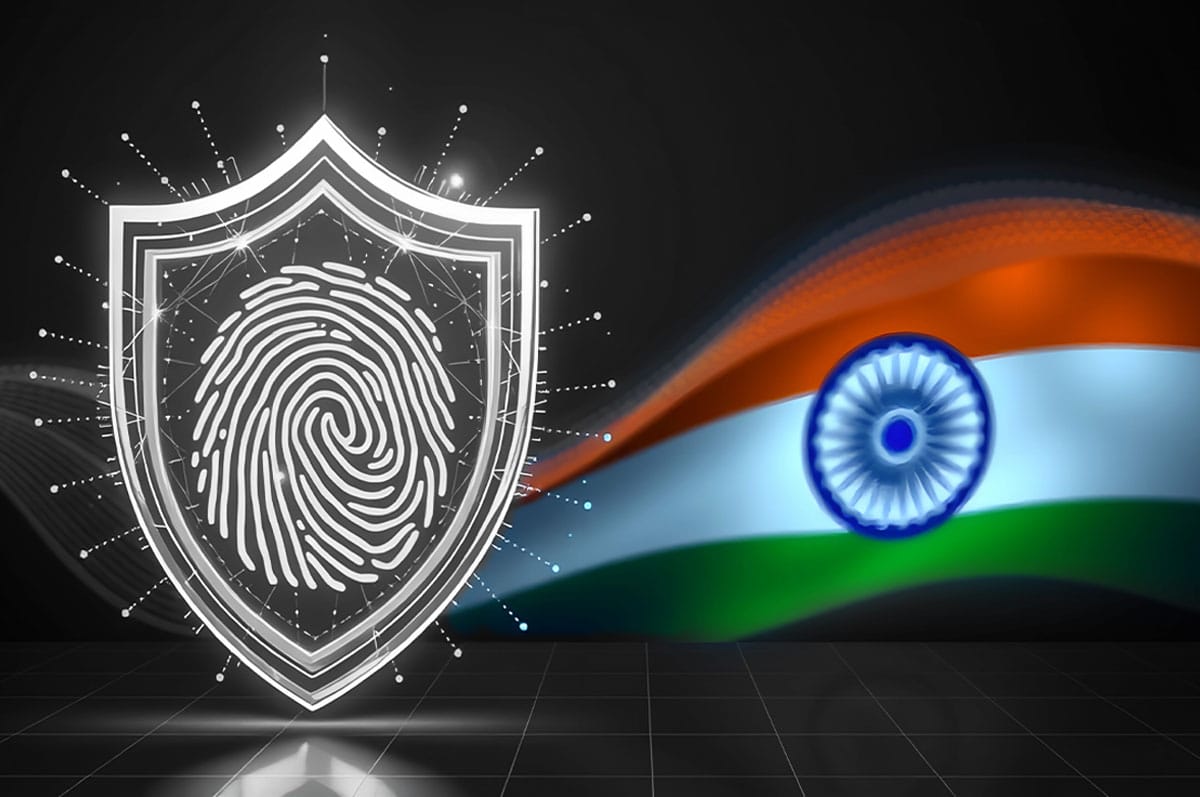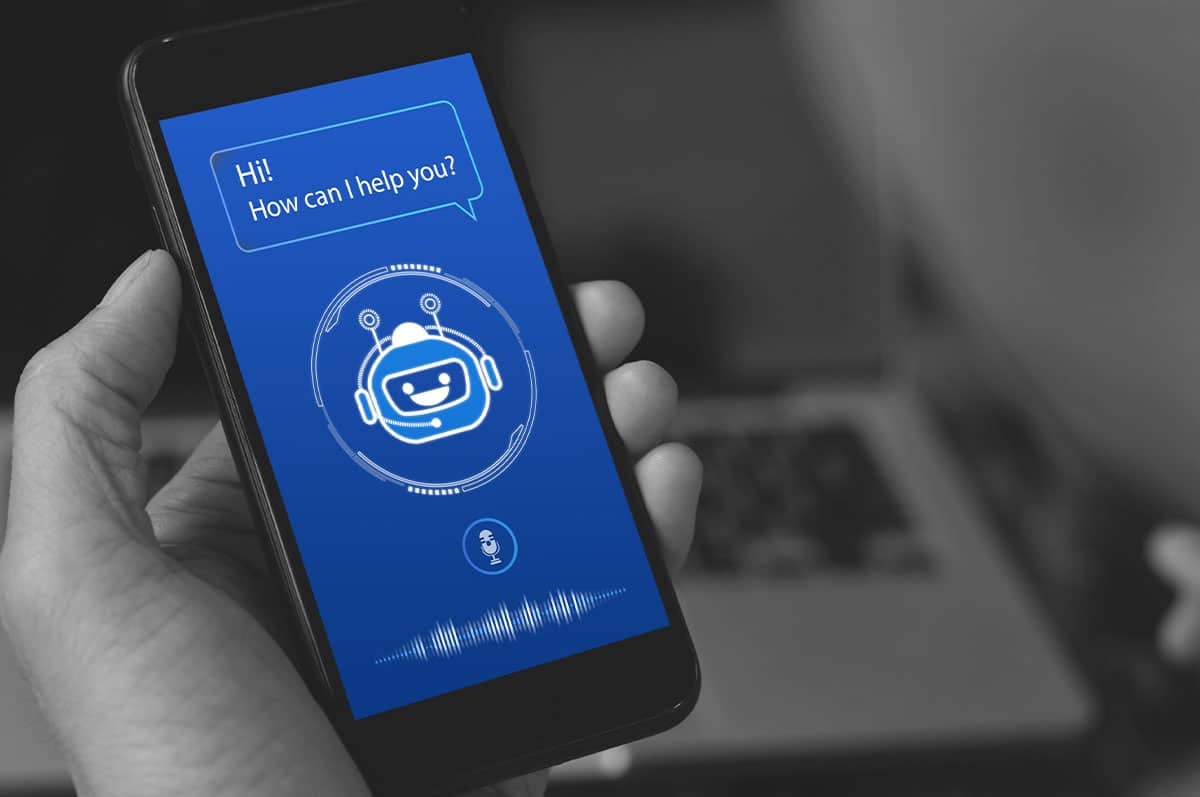Resources
Eight Cybersecurity Predictions for 2024 and Beyond
By Rodman Ramezanian - Global Cloud Threat Lead, Skyhigh Security
January 4, 2024 4 Minute Read

The ever-changing digital environment is driving the evolution of cybersecurity threats. As technology advances and cybercriminals develop new tactics to exploit vulnerabilities and compromise data security, proactivity is essential to anticipate and tackle emerging threats. Here are eight notable trends that will be top-of-mind for organizations and security experts in 2024.
Growth of AI-driven threats
As our world becomes more digitally connected, AI is increasingly intertwined with cyberattacks, amplifying their impact. While generative AI tools, like ChatGPT and Bard, are being used for benign online activities, like jumpstarting content creation, and by security teams for cyber defense, they’re also being used for harm, such as generating malicious code and phishing messages. This growing use of AI and machine learning in cybersecurity means more threat actors are adopting AI, creating cost-effective malware and deepfake-enhanced phishing attacks, posing new challenges for security teams.
Supply chain attacks
Among the global customers and partners we work with at Skyhigh Security, the requirement and push for “sovereign” capabilities stands out as an emerging area of great importance. There’s a growing push for collaboration between governments and private sectors worldwide to identify and combat threat groups.
Threat actors continue to direct their attention toward the supply chain, aiming to breach trusted vendors and suppliers while organizations enhance protection elsewhere. Supply chain breaches have extensive ramifications, potentially affecting multiple entities via a single compromise. Consequently, safeguarding the entire supply chain is becoming an even more critical and burgeoning challenge.
Wider adoption of zero trust principles
Exploiting software vulnerabilities has evolved, with attackers moving toward “logging in” rather than “breaking in.” Despite layers of defense against intrusion attempts on software exploits, the rising success of phishing campaigns indicates a shift towards credential-based attacks in the coming year. We’ve also seen the urgency instilled by President Biden’s 2021 Executive Order for U.S. federal departments to implement a zero trust architecture by September 2024.
For these reasons, organizations will increasingly adopt zero trust models that mandate verification for all individuals and devices seeking to access a system, irrespective of their location within or outside their corporate networks.
Healthcare in the crosshairs
The healthcare industry, as a whole, continues to be a prime target due to the sensitive data it stores and transacts. Thanks to the powers of cloud computing, hybrid working, and artificial intelligence, healthcare systems worldwide are rapidly evolving and advancing – presenting even greater opportunities for cybercriminals to exploit. And considering how interconnected healthcare providers and their systems must remain nowadays to cater to distributed populations, it’s easy to see why threat actors continue to enjoy vast attack surfaces.
According to recent PwC industry insights, cyberattacks in the healthcare sector result in an average cost that’s 25% higher than other industries, with an average of $5.3 million in damages. Ransomware attacks, data breaches, and disruptions to healthcare services will likely continue to be significant concerns well into 2024 and beyond.
Focus on critical infrastructure
The vulnerability of numerous corporate supply chains is increasingly recognized in the cybersecurity industry, and has evolved into a targeted attack vector, resulting in a range of devastating consequences. This is doubly true with adversaries intensifying their focus on critical infrastructure domains like energy, transportation, water, healthcare, and others in response to rising geopolitical tensions across the globe.
With these in mind, an increase in nation-state-sponsored cyberattacks on critical infrastructure would not be out of the question, especially considering the potential to bring about substantial economic repercussions.
Ransomware-as-a-Service (RaaS) on the rise
Ransomware remains a profitable venture for cybercriminals, with the emergence of RaaS platforms facilitating attacks by less technically proficient individuals. Recently, the MGM attacks demonstrated a two-pronged approach, with the initial threat actor group (Scattered Spider) utilizing social engineering for the initial access, followed by another group (ALPHV/BlackCat) functioning as the RaaS provider to carry out subsequent attacks.
As we move into 2024, we can anticipate a surge in both the scope and frequency of such attacks, affecting a wide range of targets including businesses, healthcare facilities, and government entities.
Data security concerns
The ongoing surge in novel and inventive generative AI services brings forth exciting prospects for productivity and creativity. However, it also introduces new avenues for data leaks and misuse if protection controls are not properly applied.
With more data being transacted with these services, particularly in corporate contexts, the onus of data protection has never been a more important responsibility for security teams. Data protection is more vital than ever before to alleviate privacy concerns, data leakage and misuse, non-compliance, reputational damage, and many other risks being considered at board-levels of seniority.
Persistent skills shortages
The challenges faced by security teams hamstrung by limited skills and resources are not new. Unfortunately, our industry continues to face skills shortages in the order of millions of personnel globally. Advancements in artificial intelligence and machine learning, however, may be beneficial to help security teams do more with less.
The availability of automated threat detections, faster incident responses, predictive analysis, proactive threat intelligence, automated scalability, and adaptive security are a few ways organizations can harness innovations to help alleviate skills shortages in 2024.
As we reflect on the current cybersecurity landscape and closely monitor trends and patterns, one thing is for certain: our adversaries are relentless and more innovative than ever before. Unfortunately, this means that traditional security measures alone are no longer sufficient. The escalating sophistication of attacks, from ransomware to supply chain vulnerabilities, underscores the need for more proactive defense strategies. To protect our organizations and data in the coming year, we must prioritize forward-leaning initiatives, emerging technologies, and stronger collaboration. By doing so, we’ll be better equipped to navigate the challenges ahead and fortify our defenses against evolving cyber threats.
Back to BlogsRelated Content
Trending Blogs
Simplifying DPDPA for Indian Enterprises with Skyhigh Security
Sarang Warudkar and Hari Prasad Mariswamy March 13, 2025
Navigating DORA and Key Requirements for Organizations
Sarang Warudkar March 4, 2025
The Hidden Risks of AI Chatbots: When Convenience Comes at a Cost – Skyhigh Security Intelligence Digest
Rodman Ramezanian February 24, 2025
The Evolution of Data Security: From Traditional DLP to DSPM
Hari Prasad Mariswamy February 20, 2025
Cloud Repatriation: Why Enterprises Are Rethinking Their Cloud Strategies
America Garcia February 18, 2025


